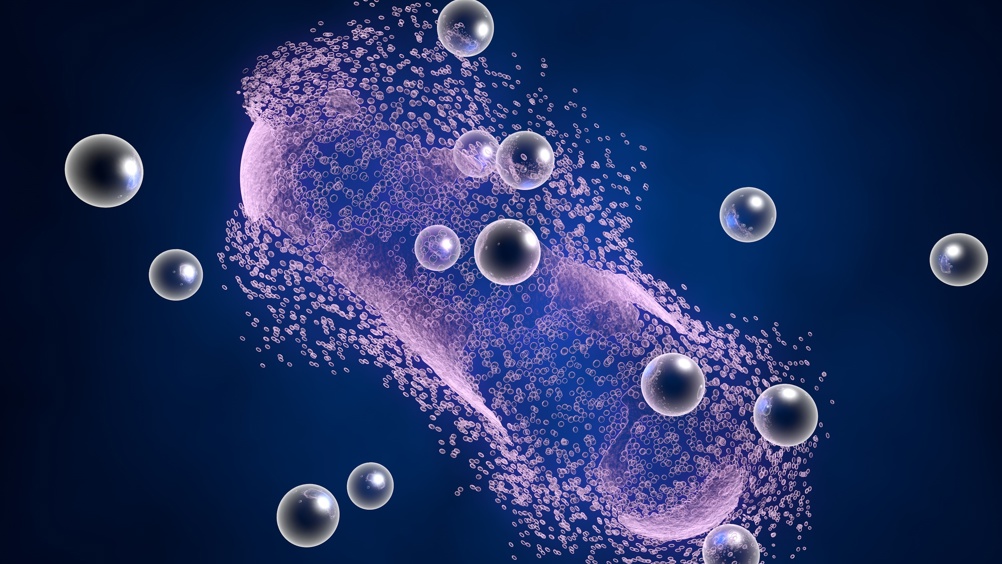References
Treating hard-to-heal ulcers: biocellulose with nanosilver compared with silver sulfadiazine

Abstract
Objective:
Controlling infection and promoting healing should be the aims of hard-to-heal diabetic ulcer treatment, along with improving a patient's general condition and their blood sugar control. Many hard-to-heal diabetic ulcers present with cavities, tracks or a combination of these. There is a new biocellulose (with a nanosilver dressing) which has the ability to contour around and conform to the irregular surface of a wound bed. The purpose of this study was to evaluate its efficacy compared with a silver sulfadiazine cream, for hard-to-heal diabetic ulcer treatment.
Methods:
In this randomised control trial, patients with hard-to-heal diabetic ulcers were divided into two equal-sized groups: treatment with the biocellulose with blue nanosilver (experimental group), and treatment with silver sulfadiazine cream group (control group). Cotton gauze was used as the secondary dressing for both groups. Demographic data, wound size, wound classification, wound photography and bacterial cultures were recorded at the beginning of the study. Wounds were debrided as necessary. Dressings were changed twice daily in the control group, and every three days in the experimental group.
Results:
A total of 20 patients took part in the study (10 patients in each group). The highest mean wound healing rates were 91.4% in the experimental group and 83.9% in the control group. No wound infections or adverse effects from the dressings were detected in either group.
Conclusion:
In this study, biocellulose with blue nanosilver adapted well to the wound bed. Wound reduction was greater in the experimental group than the control group. Biocellulose with blue nanosilver could therefore be a good choice for hard-to-heal diabetic ulcer treatment, due to its good healing rates and minimal care requirements.
A diabetic wound is a major complication of diabetes, and a major component of the diabetic foot. It occurs in 15% of all patients with diabetes and precedes 84% of all lower leg amputations.1 A US study in 1999 estimated the average outpatient cost of treating one diabetic foot ulcer (DFU) episode as $28,000 over a two-year period.2,3 In Europe, the authors estimated that costs associated with treatment of DFUs might be as high as 10 billion euros per year.4
Major increases in mortality among patients with diabetes, observed over the past 20 years, are thought to be due to the development of macro- and microvascular complications, including failure of the wound healing process.5 Wound healing refers to the portion of tissue that is destroyed in any open or closed injury to the skin. Being a natural phenomenon, wound healing is usually taken care of by the body's innate mechanism of action, which works reliably most of the time. A key feature of wound healing is stepwise repair of lost extracellular matrix (ECM) that forms the largest component of the dermal skin layer.5 Therefore, controlled and accurate rebuilding becomes essential, so as to avoid under- or overhealing that may lead to various abnormalities.5 However, in some patients, certain disorders or physiological insults disturb the wound healing process. Diabetes is one such metabolic disorder that impedes the normal steps of the wound healing process. Many histopathological studies show a prolonged inflammatory phase in diabetic wounds, which causes delays in the formation of mature granulation tissue, and a parallel reduction in wound tensile strength.6
Register now to continue reading
Thank you for visiting Journal of Wound Care's Silk Road Supplement and reading some of our peer-reviewed resources for healthcare professionals across Asia. To read more, please register today.
